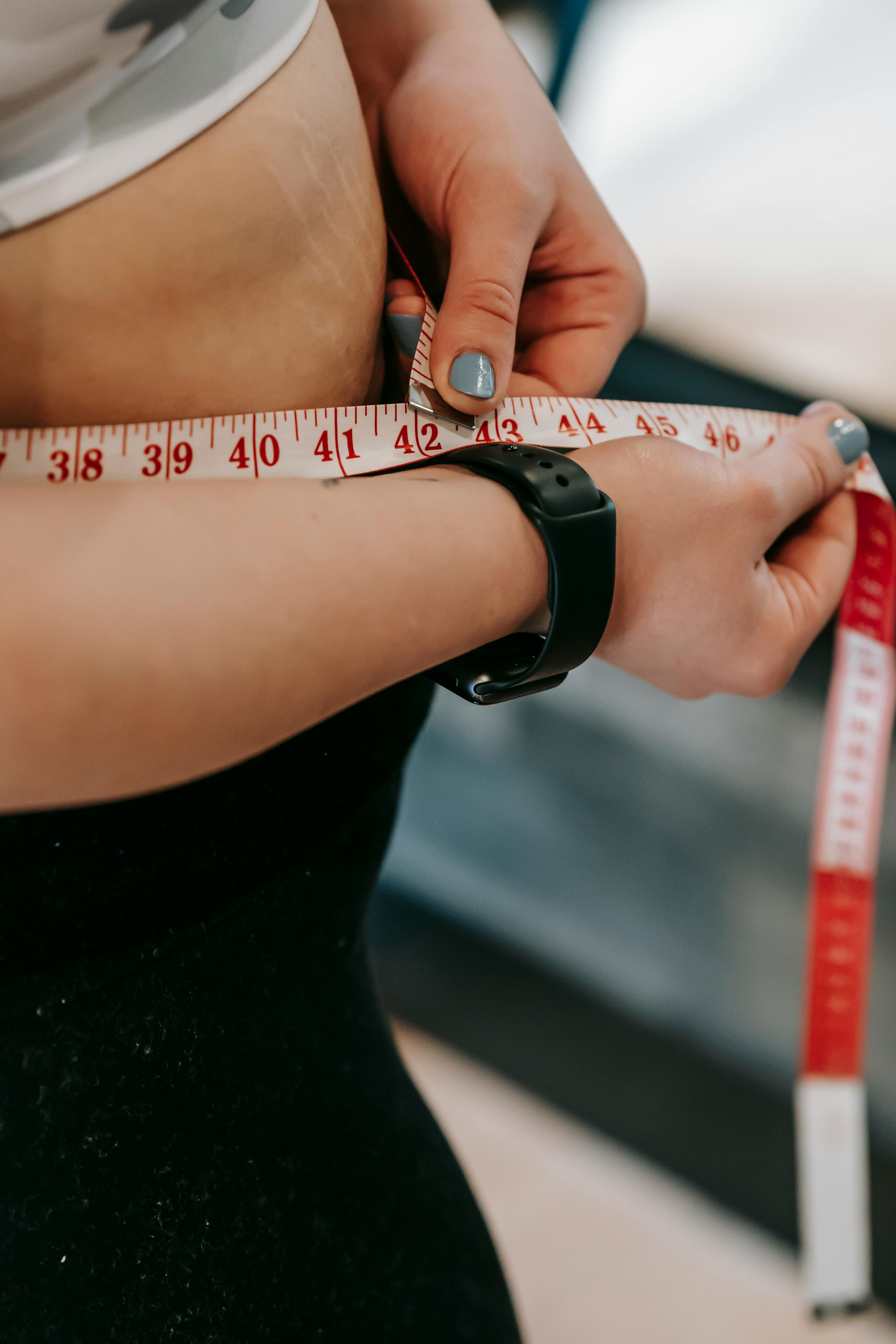Heart Rate Calorie Burn Calculator
Calories and heart rate are closely linked when it comes to burning energy during exercise. Many people wonder how their heart rate affects the number of calories they burn. The higher your heart rate during physical activity, the more calories you typically burn.

Calories and heart rate are closely linked when it comes to burning energy during exercise. Many people wonder how their heart rate affects the number of calories they burn. The higher your heart rate during physical activity, the more calories you typically burn.
Understanding this relationship can be valuable for those looking to improve their fitness, lose weight, or optimize their workout routines. Heart rate-based calorie burn calculators provide estimates of energy expenditure during aerobic activities by using factors such as gender, age, weight, and exercise duration.
While heart rate is a useful indicator of calorie burn, it's important to note that other factors also play a role. Your body composition, fitness level, and the type of exercise you're doing can all influence how many calories you burn. Monitoring your heart rate during workouts can help you gauge intensity and potentially maximize fat burning within certain heart rate zones.
Understanding Caloric Burn and Heart Rate
Caloric burn and heart rate are closely intertwined in the realm of exercise physiology. These two factors play crucial roles in determining the effectiveness of workouts and overall fitness levels.
The Science of Calorie Burn
Calorie burn is directly linked to energy expenditure during physical activity. The body uses oxygen to convert stored energy into usable fuel for muscles. This process, known as metabolism, increases during exercise.
Calories burned depend on various factors, including body weight, exercise intensity, and duration. Higher-intensity activities generally result in greater caloric expenditure.
Metabolic rate, which determines calorie burn, varies among individuals. Factors such as age, gender, and muscle mass influence this rate.
Exercise intensity significantly impacts calorie burn. More vigorous activities require more energy, leading to higher caloric expenditure.
Heart Rate Fundamentals
Heart rate, measured in beats per minute (BPM), is a key indicator of exercise intensity. As physical activity increases, the heart pumps faster to deliver more oxygen to working muscles.
Average heart rate during exercise correlates with calorie burn. The relationship between heart rate and caloric expenditure is relatively linear between 90 and 150 BPM.
Maximal oxygen consumption (VO2 max) is closely tied to heart rate. It represents the maximum amount of oxygen the body can utilize during intense exercise.
Heart rate-based calculations can estimate calories burned during aerobic workouts. These formulas consider factors like age, weight, and exercise duration to provide a reasonably accurate estimate of energy expenditure.
Calculating Burned Calories
Accurate calorie burn estimation relies on several key factors and can be accomplished through various methods and tools. Understanding these elements is crucial for individuals seeking to track their energy expenditure during exercise.
Factors Influencing Caloric Burn
Age, weight, gender, and body composition play significant roles in determining calorie burn. Younger individuals typically burn more calories due to higher metabolic rates. Heavier people expend more energy during physical activities. Men generally burn more calories than women due to greater muscle mass. Muscle tissue requires more energy to maintain than fat, affecting overall calorie expenditure.
Exercise duration and intensity are critical factors. Longer workouts naturally lead to higher calorie burn. The type of exercise also matters - vigorous activities like running burn more calories per minute than walking.
Heart rate is a key indicator of exercise intensity and calorie burn. As heart rate increases, so does calorie expenditure. Resting heart rate and maximum heart rate vary by individual and affect caloric burn calculations.
Methods and Tools for Estimation
Calorie burn calculators are popular tools for estimating energy expenditure. These often use formulas incorporating age, weight, gender, and exercise duration to estimate calories burned.
Heart rate-based calculators provide more accurate estimates by factoring in exercise intensity. These tools use the relationship between heart rate and oxygen consumption to calculate calorie burn.
Wearable devices like fitness trackers and smartwatches offer real-time calorie burn estimates. They typically measure heart rate and movement to provide continuous calorie burn data throughout the day.
The Metabolic Equivalent of Task (MET) system is another method used to estimate calorie burn. It assigns MET values to different activities based on their intensity level.
For precise measurements, laboratory assessments using indirect calorimetry can determine exact oxygen consumption and calorie burn during exercise.
Want more posts like this?Sign up for our FREE newsletter →